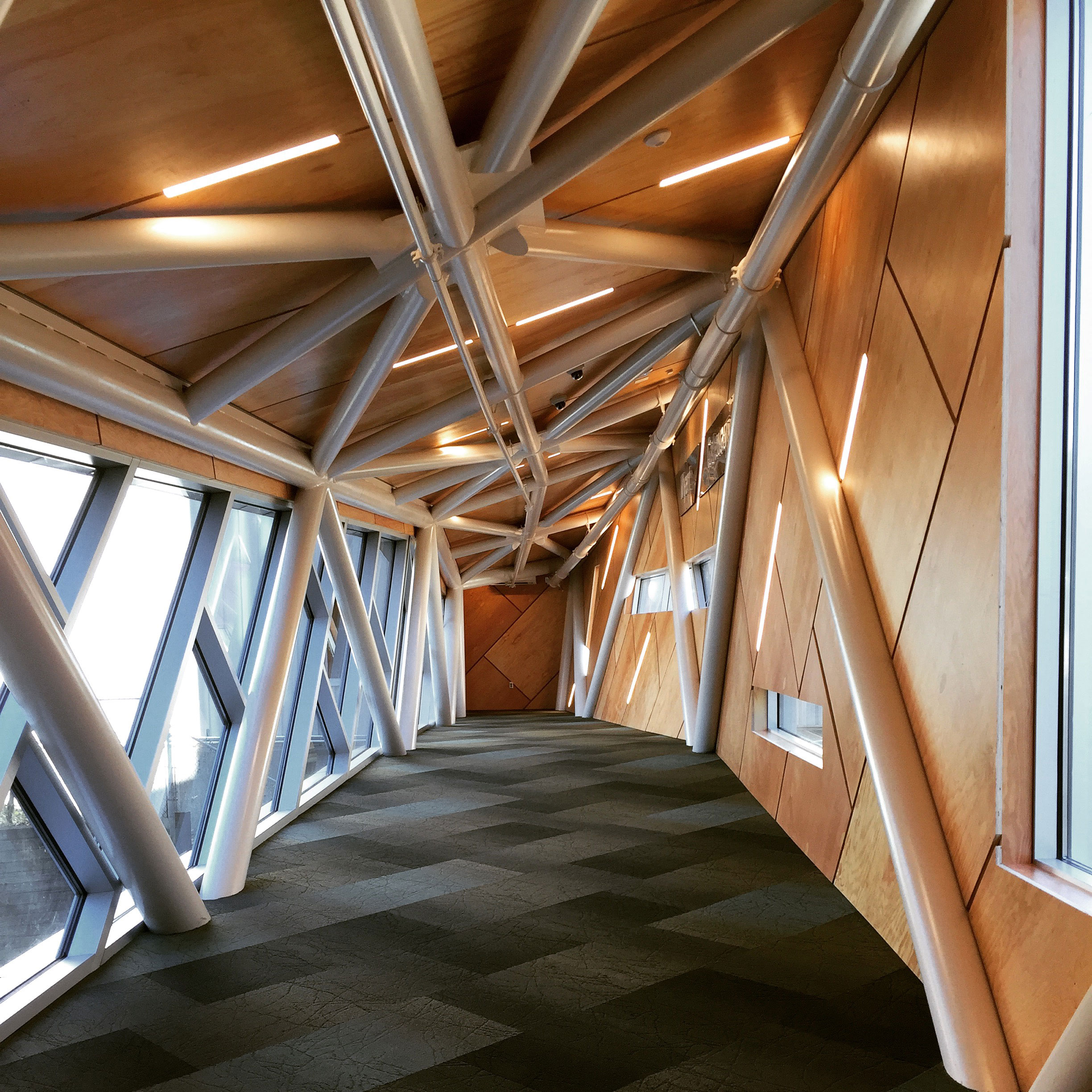Our New Reality
We’re bringing education to life.
Through a partnership with Cleveland Clinic, we are the first university to use Microsoft HoloLens, an augmented-reality headset that allows our students to view and interact with 3-D models—and their professors or classmates in the room. Our award-winning HoloAnatomy app lets students see the body and its organs from every angle—an impossibility with the traditional cadaver.
But we’re exploring more than HoloLens’ use in medical education: We launched an app that allows users to view works from The Courtauld Gallery and the British Museum from anywhere in the world, and held a first-of-its-kind immersive dance experience on campus in which audience members donned the devices to view holograms surrounding the performers.
See how we're using HoloLens
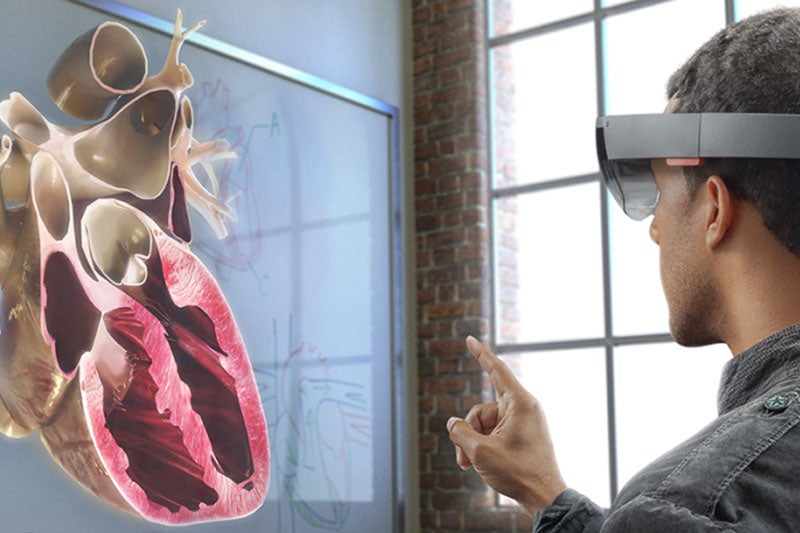
HoloLens by the Numbers
1st
place for HoloAnatomy app in the Science Media Awards, besting Google and Sir David Attenborough
485,000
square-foot Health Education Campus with Cleveland Clinic, where students will use a full holographic anatomy curriculum
3
apps created by Case Western Reserve available in the Microsoft HoloLens store
30
organizations selected to pilot HoloLens technology—with CWRU as the only university
Think Inside the [Box]
At seven stories and 50,000 square feet, the Larry Sears and Sally Zlotnick Sears think[box] is the world’s largest university-based, open-access makerspace.
But even more impressive than the innovation hub itself is what our students accomplish there. They’re using top-of-the-line technology to turn their lofty ideas into realized products, then raising funding and launching companies—all while excelling in the classroom.
Each floor of the building gives students room to focus on a different stage of their project —from ideation to incorporation (with the help of our law students).
We can’t wait to see what they create next.
Explore our makerspace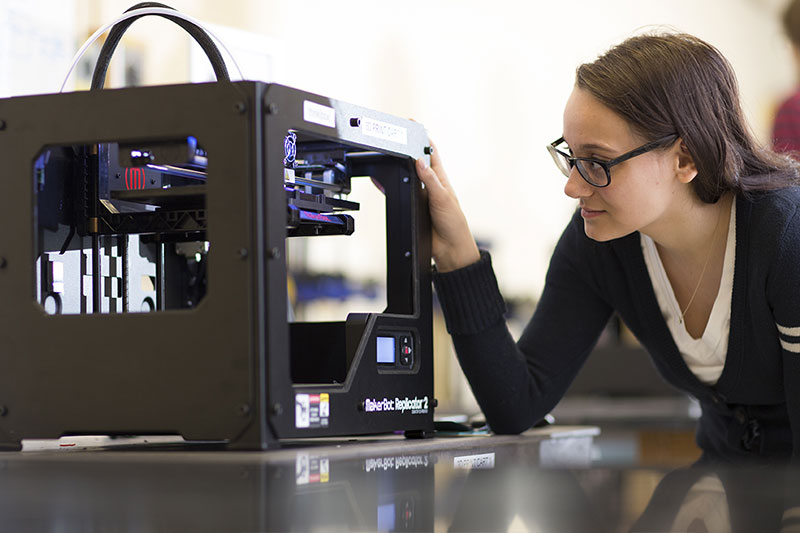
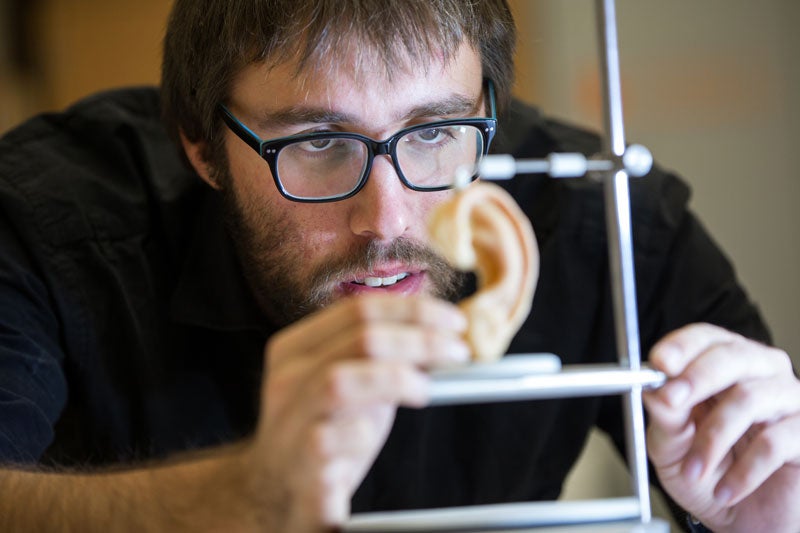
Sears think[box] by the Numbers
5,000
visits per month
2/3
of admitted students cite Sears think[box] as a determining factor in enrollment
#1
most-cited core facility used by researchers
671
users trained on fabrication tools in the past year
Restoring a Mind-Body Connection
A sip of water was the first of its kind.
After a bicycle accident nearly a decade ago, Bill Kochevar became paralyzed below the shoulders, unable to walk, wave or even lift a cup to his lips.
But after years of research with a team from Case Western Reserve and other Cleveland institutions, Kochevar became the first person with quadriplegia in the world to have arm and hand movements restored with the help of two temporarily implanted technologies. Using a brain-computer interface with recording electrodes under his skull and a functional electrical stimulation system activating his arm and hand, researchers reconnected his brain to paralyzed muscles—giving him the ability to think about a task he wanted to perform, and then take that action.
So when Kochevar* finally lifted a cup of water to his lips, slowly and deliberately, it quenched his thirst—and made researchers eager for more.
Read About the Breakthrough
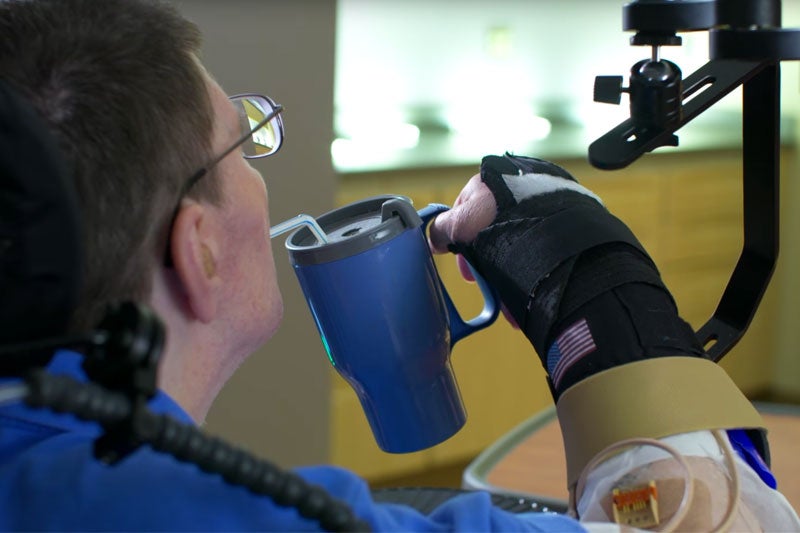
*Kochevar died in December 2017 due to complications from his chronic spinal cord injury. We are immensely grateful for his commitment to research that will have lasting impact.
Biomedical Engineering by the Numbers
1st
paralyzed person in the world to have brain-controlled movements restored
$20 M
in biomedical engineering research grants in 2016–17
#1
most popular undergraduate major
1968
the year the biomedical engineering department was founded—among the first in the world
Startups Start Here
She sent a hug across the country.
As a second-year college student who’d had a tough day, Xyla Foxlin wanted, more than anything, a hug from a long-distance loved one. Then she had a realization. “The whole reason I went into engineering was to solve problems—even small ones, like this,” Foxlin said.
So she created Parihug, a wireless-enabled stuffed animal that can transmit cuddles to other Parihugs around the world. Three years later, she’s raised more than $200,000 for her startup and even appeared in Microsoft TV commercials.
Foxlin is just one of the many student inventors who have found success at Case Western Reserve, with access to resources such as our 50,000-square-foot innovation hub, Sears think[box], and our entrepreneurship program, CWRU LaunchNet.
In fact, at January’s international Consumer Electronics Show in Las Vegas, Case Western Reserve had the largest university representation for the second year in a row.
See our innovations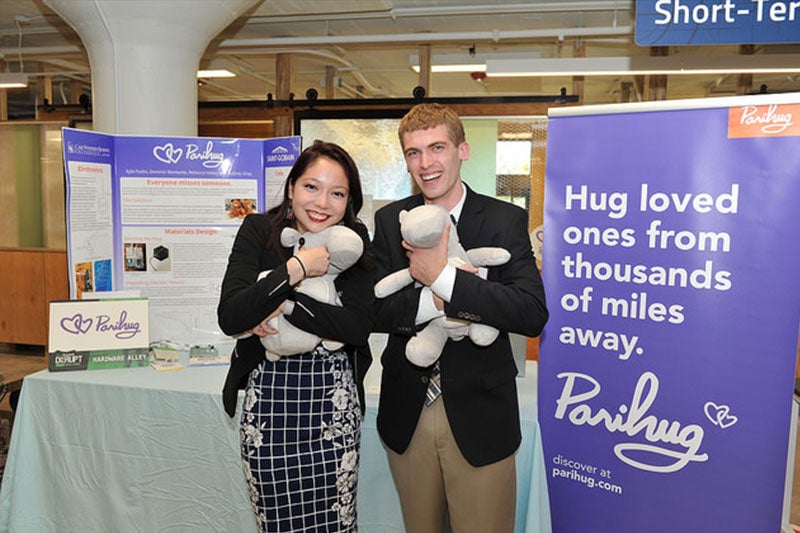

Entrepreneurship by the Numbers
$10.1 M
in external funding raised by student companies
68
student startups created at the university since 2012
10
booths at CES in Las Vegas—the most of any university
263
new inventions through Technology Transfer in 2016–17

